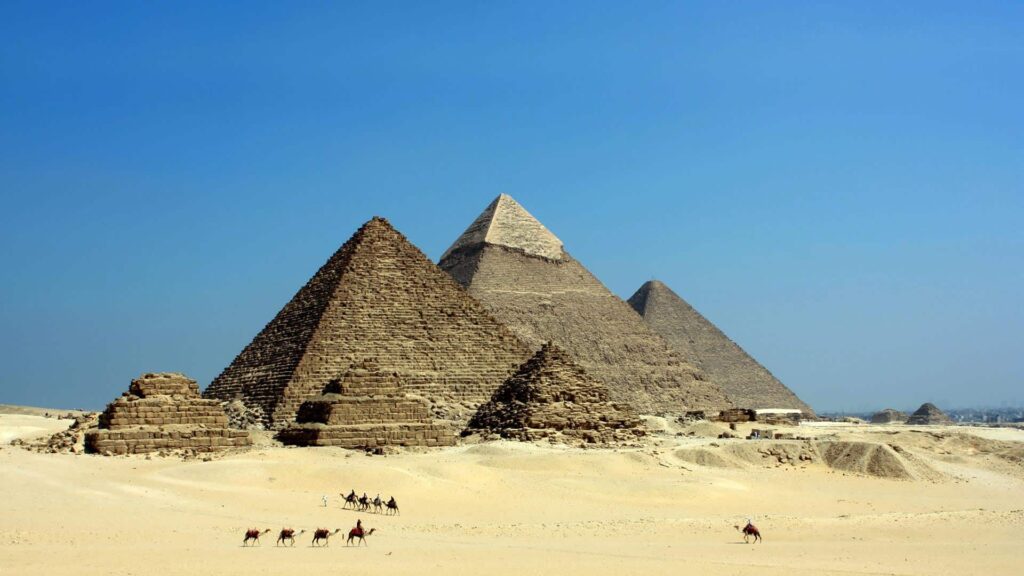The Konark Sun Temple is a historic Hindu temple located in the town of Konark in the eastern Indian state of Odisha. Built during the reign of the Eastern Ganga dynasty in the 13th century, the temple is dedicated to Lord Surya, the Hindu sun god.
The temple is designed in the form of a colossal chariot, with 12 pairs of intricately carved wheels, pulled by seven horses. The temple complex also includes several halls, shrines, and platforms, all adorned with beautiful sculptures and carvings that depict scenes from Hindu mythology.
One of the most impressive features of the temple is the large stone monoliths that stand at the entrance of the temple complex, each depicting intricately carved scenes from Hindu epics like the Ramayana and the Mahabharata.
One of the most interesting myths associated with the Konark Sun Temple is the story of the curse of the temple. According to legend, the temple was built by the great king Narasimhadeva I as a tribute to the Sun God. However, he had to abandon the temple before it was completed due to a curse placed on him by a Brahmin named Biswabasu.
As the story goes, Biswabasu was a pious Brahmin who lived near the site where the temple was being built. He was upset with the king’s decision to demolish his house to make way for the temple and placed a curse on the king. He declared that the king would never be able to complete the temple and that it would be destroyed before it could be completed.
Despite his best efforts, Narasimhadeva I was unable to complete the temple as he had planned. It is believed that the curse of Biswabasu was the reason for his failure. Over time, the temple fell into disrepair and was eventually abandoned. It was rediscovered and restored in the 20th century.
While there is no evidence to support the existence of such a curse, the legend of Biswabasu and the curse has become a popular part of the folklore surrounding the temple. It is believed that the curse still holds and that the temple cannot be completed, as there are always stones falling off the temple’s structure. However, this is most likely due to the natural wear and tear of the temple over time rather than any supernatural force.
The temple was designed to function as a gigantic astronomical instrument, with the position of the sun being indicated by the shadow cast by a sundial located at the center of the temple. The temple also served as a center for cultural and intellectual activity during its heyday.
The Konark Sun Temple is a UNESCO World Heritage site and remains an important pilgrimage destination for Hindus, attracting thousands of visitors each year. Its stunning architecture, intricate carvings, and rich history make it a must-visit destination for anyone interested in India’s cultural heritage.


